Introduction
Glucose, a simple sugar and primary energy source for living organisms, is ubiquitous in human diets and industrial processes. From baking and brewing to pharmaceuticals and biofuel production, its applications are vast. However, the inevitable question arises: What happens when there’s more glucose than immediately needed? Whether in a home kitchen, a commercial food factory, or a laboratory, managing surplus glucose requires innovation to minimize waste and maximize utility. This article explores practical, science-backed strategies to repurpose excess glucose, transforming a potential liability into a resource for sustainability, creativity, and economic gain.
Understanding Glucose and Its Sources
Glucose (C₆H₁₂O₆) is a monosaccharide, the simplest form of carbohydrate, and a critical component in metabolic processes. It occurs naturally in fruits, vegetables, and honey, and is industrially produced through the hydrolysis of starch (e.g., from corn, wheat, or potatoes). Common sources of leftover glucose include:
- Home Cooking and Baking: Overestimating recipe requirements or failed experiments.
- Food and Beverage Industry: Excess from production lines, such as syrups, candies, or soft drinks.
- Biotechnology Labs: Byproducts from fermentation processes or cell culture media.
- Agriculture: Unused feed supplements or crop residues.
The challenge lies in stabilizing glucose (prone to crystallization and microbial spoilage) and identifying ethical, efficient repurposing methods.
Preservation and Storage: First Steps to Prevent Waste
Before repurposing, proper storage is essential to extend glucose’s shelf life.
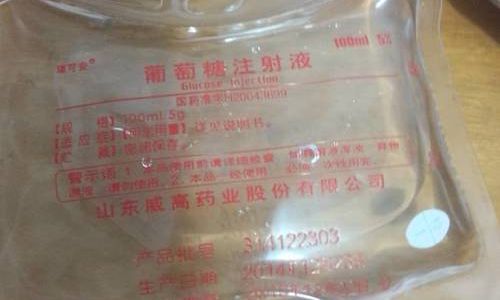
- Airtight Containers: Store in opaque, moisture-resistant containers to prevent humidity-induced clumping.
- Temperature Control: Keep in cool, dry environments (ideally below 25°C/77°F) to inhibit bacterial growth.
- Inhibitors: For long-term storage, add food-grade acids (e.g., citric acid) or antioxidants (e.g., vitamin C) to suppress microbial activity.
Culinary Repurposing: From Sweet to Savory
Leftover glucose can elevate both sweet and savory dishes while reducing food costs.
A. Syrups and Sweeteners
- Simple Syrup: Dissolve glucose in boiling water (1:1 ratio) for cocktails, beverages, or desserts.
- Flavored Syrups: Infuse with herbs (e.g., rosemary, mint) or spices (cinnamon, cardamom) for gourmet drinks or glazes.
- Caramel Sauce: Heat glucose with butter and cream for a rich, versatile topping.
B. Fermented Products
Glucose serves as a fermentable substrate for alcohol, vinegar, and probiotic-rich foods:
- Homebrewing: Use as a primer for beer, wine, or mead.
- Kombucha: Substitute for cane sugar to feed SCOBY (Symbiotic Culture of Bacteria and Yeast).
- Sourdough Starters: Feed excess glucose to boost yeast activity in bread dough.
C. Bakery and Confectionery
- Crystallization Control: Add glucose syrup to prevent sugar crystallization in candies or frostings.
- Chewy Textures: Incorporate into cookies, granola bars, or energy balls for moist, pliable results.
- Bread Improver: Mix with flour to enhance browning and shelf life.
D. Savory Applications
- Glazes and Marinades: Combine with soy sauce, garlic, or honey for sticky chicken wings or roasted vegetables.
- Pickling Brines: Use as a sweetener in fermented pickles or kimchi.
Non-Culinary Household Uses
Glucose’s hygroscopic and antimicrobial properties lend itself to innovative non-food applications.
A. Skincare and Beauty
- Exfoliating Scrubs: Mix with sugar or coffee grounds and coconut oil for a DIY body scrub.
- Moisturizers: Combine with glycerin and aloe vera for a hydrating face mask.
- Lip Balms: Melt with beeswax and essential oils for natural lip care.
B. Cleaning Agents
- Stain Removers: Apply a glucose-water paste to grease or ink stains before washing.
- Metal Polish: Dissolve in hot water to clean tarnished copper or brass.
C. Gardening
- Compost Activator: Sprinkle glucose on compost piles to accelerate microbial decomposition.
- Root Stimulator: Dilute in water to nourish plant roots during propagation.
Industrial and Commercial Applications
For large-scale surplus, glucose can feed into broader economic ecosystems.
A. Biofuel Production
- Ethanol Fermentation: Convert excess glucose into bioethanol, a renewable fuel additive.
- Biogas: Use in anaerobic digesters to produce methane for electricity or heating.
B. Pharmaceuticals and Cosmetics

- Excipients: Serve as a binding agent in tablets or a humectant in lotions.
- Culture Media: Supply carbon for bacterial cultures in vaccine production.
C. Textile and Paper Industries
- Sizing Agents: Apply glucose-based solutions to strengthen fabrics or paper.
- Dye Fixatives: Use in textile printing to enhance colorfastness.
Donation and Community Sharing
Leftover glucose can bridge gaps in food insecurity and education.
A. Food Banks and Shelters
Donate to organizations preparing meals for vulnerable populations. Ensure compliance with food safety regulations.
B. Culinary Schools and Bakeries
Supply to educational institutions for training programs or to small businesses testing recipes.
C. Community Kitchens
Partner with local initiatives to teach repurposing techniques, fostering sustainability literacy.
Sustainable Practices: The Circular Economy Approach
Adopting a circular economy mindset ensures glucose remains in use rather than becoming waste.
A. Upcycling Initiatives
Collaborate with startups specializing in food waste valorization. For example, convert surplus glucose into:
- Protein-Rich Feed: Ferment with microorganisms to create animal or fish feed.
- Biodegradable Plastics: Use as a carbon source for polyhydroxyalkanoate (PHA) production.
B. Carbon Credit Programs
Participate in schemes that reward reductions in industrial waste, offsetting environmental impact.
C. Policy Advocacy
Lobby for tax incentives or grants for businesses adopting glucose-repurposing technologies.
Challenges and Considerations
While repurposing glucose offers numerous benefits, challenges persist:
- Contamination Risks: Improper storage can lead to microbial growth (e.g., Aspergillus molds). Implement HACCP (Hazard Analysis Critical Control Point) protocols.
- Regulatory Hurdles: Donations must meet labeling and safety standards (e.g., FDA guidelines in the U.S.).
- Energy Costs: Industrial repurposing may require significant energy input, offsetting sustainability gains. Prioritize renewable energy sources.
Conclusion
Leftover glucose is not a problem but a catalyst for innovation. By embracing preservation techniques, culinary experimentation, industrial collaboration, and community engagement, surplus glucose can drive economic, environmental, and social progress. Whether you’re a home cook, a factory manager, or a policymaker, the key lies in viewing glucose not as a disposable commodity but as a versatile resource. The future of sustainability depends on such creative reimagining—turning “leftover” into “opportunity” one molecule at a time.


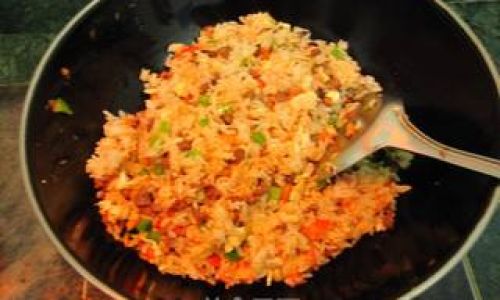
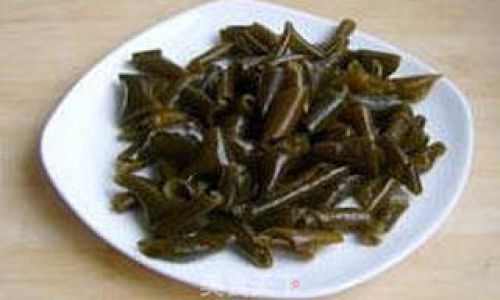
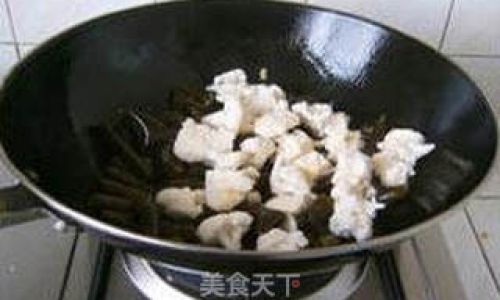
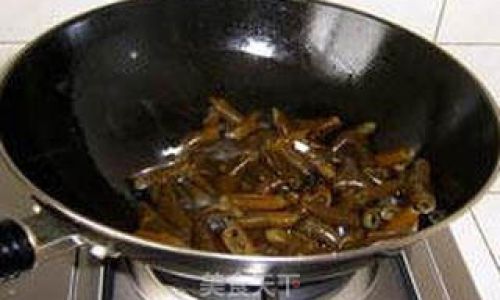
0 comments